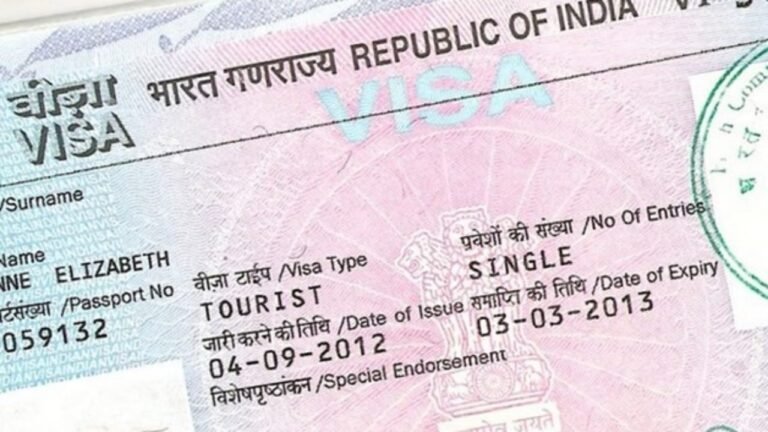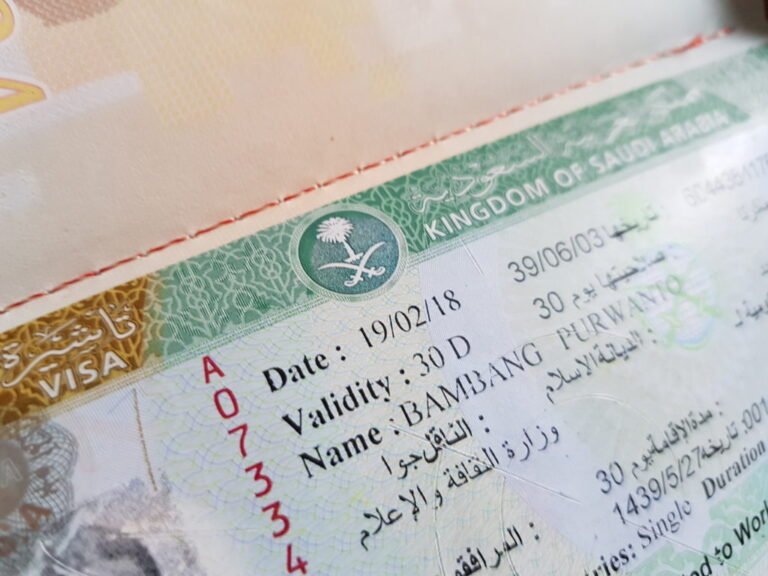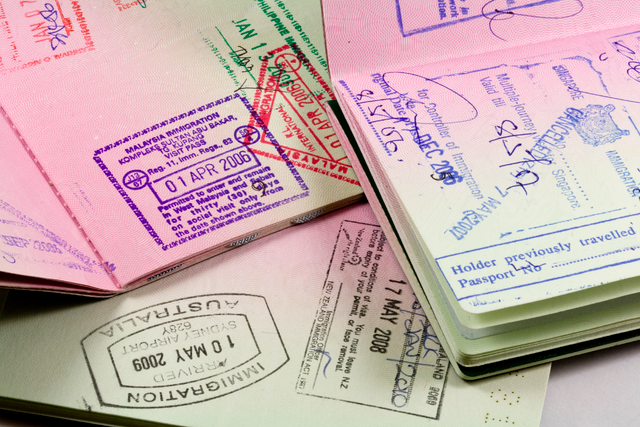A New Smile and Better Function: Understanding Corrective Jaw Surgery
Correcting facial imbalances and bite issues often requires more than just braces. For some individuals, the answer lies in a more comprehensive solution: corrective jaw surgery. Also known as orthognathic surgery, this procedure aligns the jaws properly to improve function, appearance, and overall health. While it might sound complex, thousands of people undergo it every year and benefit from long-lasting results.
This article dives deep into what corrective jaw surgery is, who needs it, how it works, and what to expect before and after the procedure.
What Is Corrective Jaw Surgery?
Corrective jaw surgery is a procedure performed by oral and maxillofacial surgeons to reposition one or both jaws. It aims to address problems related to chewing, speaking, breathing, and overall facial symmetry. Many jaw misalignments cannot be fixed by braces alone, making surgery the only viable solution.
This surgery doesn’t just improve how your bite functions—it can also significantly enhance your facial structure and confidence.
Common Reasons for Undergoing Corrective Jaw Surgery
Several functional and aesthetic concerns may lead a person to consider this surgery. The most common issues include:
-
Difficulty chewing or biting
-
Chronic jaw or TMJ (temporomandibular joint) pain
-
Open bite (when teeth don’t touch when the mouth is closed)
-
Facial asymmetry
-
Protruding or receding jaw
-
Obstructive sleep apnea
-
Speech difficulties
-
Mouth breathing due to poor jaw position
In many cases, these problems develop during growth, but trauma or congenital conditions can also be contributing factors.
Types of Jaw Surgery
Corrective jaw surgery can involve one or both jaws, depending on the nature of the issue. The main types include:
1. Upper Jaw Surgery (Maxillary Osteotomy)
Used to correct an overbite, open bite, or crossbite. It may involve moving the upper jaw forward, backward, upward, or downward.
2. Lower Jaw Surgery (Mandibular Osteotomy)
This adjusts the lower jaw to correct an underbite or protruding chin.
3. Chin Surgery (Genioplasty)
Often done in conjunction with jaw surgery to improve overall facial balance.
Each type of surgery is tailored to meet individual anatomical needs. The decision is based on 3D imaging, physical exams, and bite analysis.
The Role of Orthodontics Before and After Surgery
Before corrective jaw surgery, patients typically wear braces for several months to align their teeth in preparation for surgery. Post-surgery, braces may still be needed to fine-tune the bite and ensure proper alignment. This orthodontic component is essential for the success and longevity of the results.
The Procedure: What to Expect
The surgery is usually performed under general anesthesia in a hospital or surgical center. Most procedures take 2 to 4 hours, depending on complexity. Here’s a breakdown of what patients can expect:
Pre-Surgery Preparation
-
Detailed imaging and planning
-
Custom 3D models of the jaw
-
Orthodontic adjustments
-
Discussion of risks and recovery timeline
During Surgery
-
Incisions are made inside the mouth (no facial scars)
-
The jawbone is cut and repositioned
-
Plates, screws, or wires are used to hold the bone in place
-
Sutures close the incision sites
After Surgery
-
Hospital stay of 1–2 days (in most cases)
-
Initial swelling and bruising
-
Liquid or soft-food diet
-
Follow-up visits to monitor healing
Recovery Timeline
Recovery from corrective jaw surgery can take several weeks to months, depending on the individual. Here’s a general timeline:
First Week:
-
Swelling and discomfort peak
-
Liquid diet and minimal physical activity
-
Pain management with medication
Also Read: Neck Tightening Treatment: What You Need to Know
Weeks 2–6:
-
Gradual improvement in swelling
-
Transition to soft foods
-
Return to light activities or work
Months 2–6:
-
Return to regular diet (as allowed)
-
Continued orthodontic treatment
-
Bone healing continues internally
It may take up to 12 months for complete healing and stabilization, although noticeable improvements are seen much earlier.
Benefits of Corrective Jaw Surgery
The benefits extend far beyond aesthetics. Here’s what many patients report after successful surgery:
1. Improved Bite and Chewing
Realigned jaws allow the teeth to come together properly, making chewing and digestion more efficient.
2. Speech Enhancement
Misaligned jaws can cause speech impediments. Correcting the structure often leads to clearer speech.
3. Better Breathing
For individuals with sleep apnea or mouth breathing, jaw surgery can open airways and promote nasal breathing.
4. Reduced Jaw Pain
TMJ pain, headaches, and muscle tension often improve after surgery due to better jaw function.
5. Boosted Self-Confidence
Balanced facial proportions can enhance appearance and contribute to higher self-esteem.
Risks and Considerations
Like any surgical procedure, corrective jaw surgery carries certain risks. These include:
-
Infection
-
Bleeding
-
Nerve damage (temporary or permanent)
-
Relapse or incomplete correction
-
Difficulty chewing during recovery
Working with experienced professionals and following post-op care instructions can significantly reduce risks.
Is Corrective Jaw Surgery Right for You?
Candidates for this surgery are typically individuals who:
-
Have completed facial growth (usually after age 17–18)
-
Experience bite issues or jaw-related functional problems
-
Are in good general health
-
Are committed to the full treatment process (including orthodontics)
A consultation with an orthodontist and an oral surgeon is essential for determining eligibility and creating a personalized treatment plan.
Life After Corrective Jaw Surgery
After the healing process, patients often describe the change as life-altering. From enjoying meals without discomfort to smiling more freely in photos, the long-term impact of corrective jaw surgery goes far beyond the operating room.
It’s a journey that requires patience, but the results can last a lifetime—both functionally and aesthetically.
Final Thoughts
Corrective jaw surgery is a powerful solution for people struggling with jaw misalignment and related complications. Though the path involves surgery, orthodontics, and a committed recovery process, the rewards can be truly transformative. With the right guidance and preparation, this procedure can dramatically improve both the quality of life and the confidence of those who need it.







